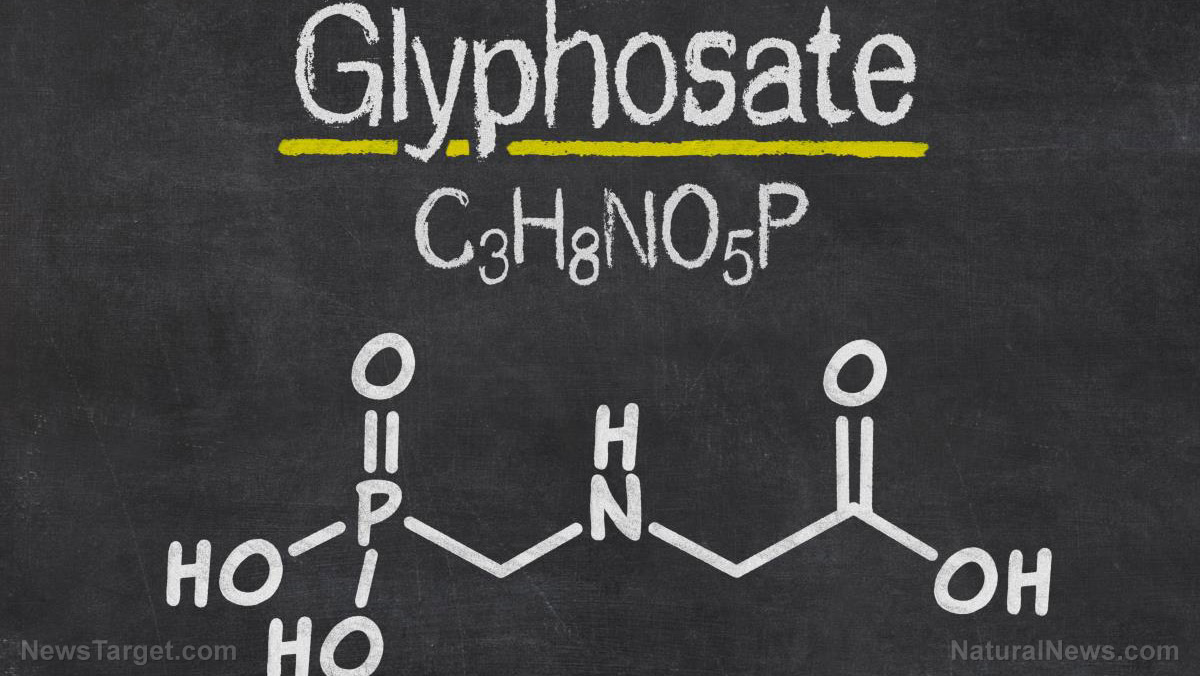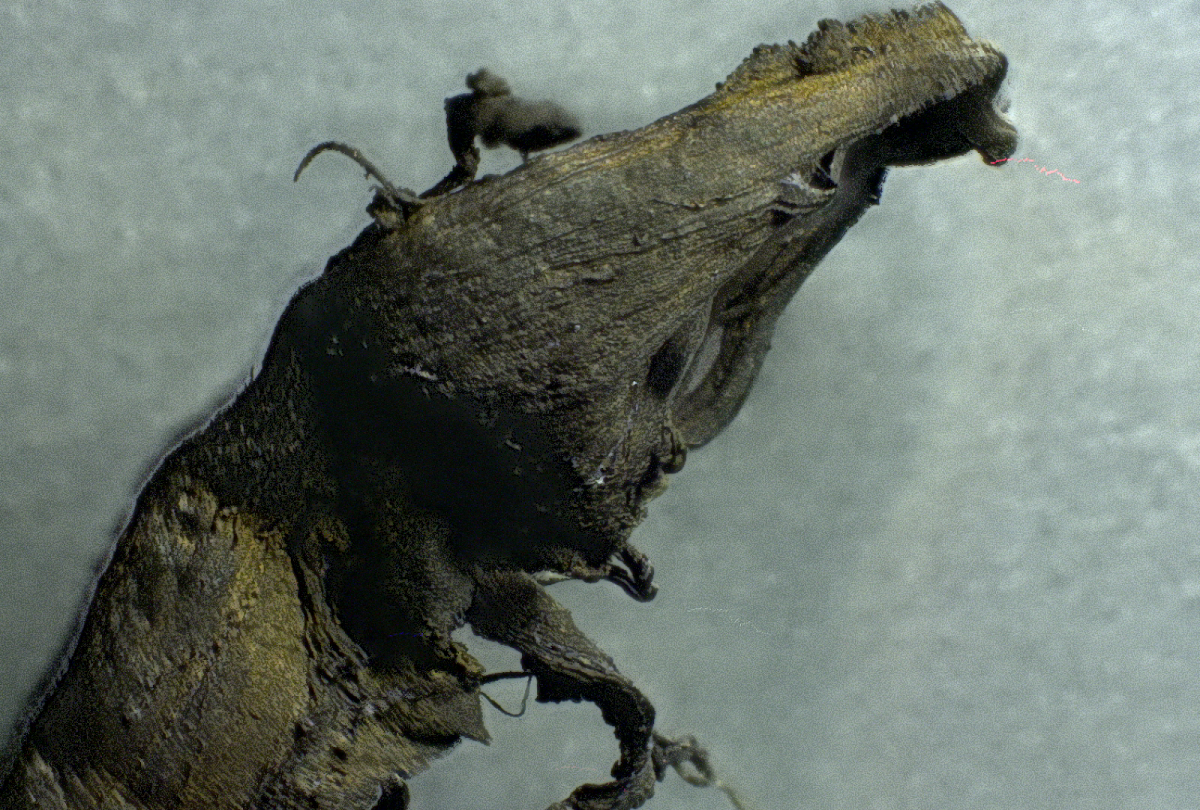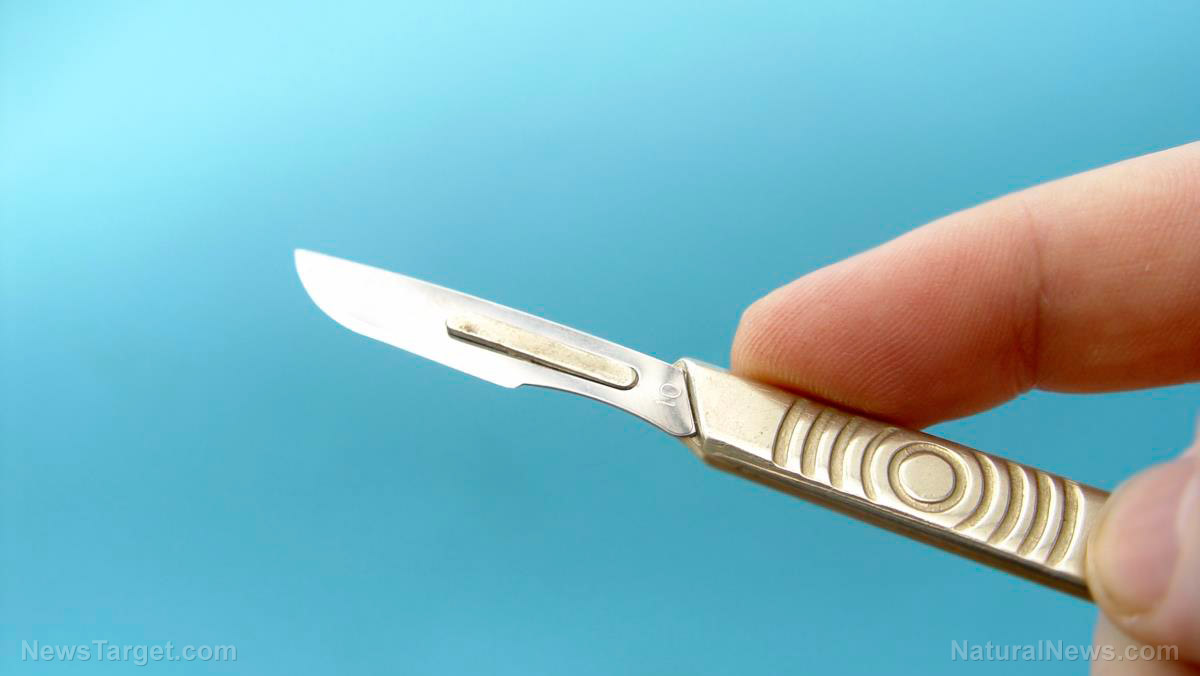Investigating the anti-proliferative properties of Annona senegalensis and Allophylus africanus
11/06/2020 / By Evangelyn Rodriguez

Researchers at the Kenya Medical Research Institute evaluated the antiproliferative potential of Annona senegalensis (African custard-apple) and Allophylus africanus (African allophylus) from Tanzania. They reported their findings in an article published in the Journal of Medicinal Plants Research.
- A. senegalensis and A. africanus are medicinal plants used in Tanzanian traditional medicine for the treatment of cancer.
- However, there is no scientific documentation on their therapeutic effectiveness.
- To examine their anti-cancer activity, the researchers collected samples from Ugweno village at Kilimanjaro, Tanzania.
- They then prepared different extracts using dichloromethane/methanol (DCM:MeOH), petroleum ether, DCM, ethyl acetate (EtOAc), MeOH and water as solvents.
- Using MTT cell viability assay, the researchers assessed the antiproliferative activity of the extracts against the HCC 1396 (breast), HEp-2 (throat) and CT 26 (colon) cancer cell lines.
- They reported that the two plants’ antiproliferative activity varied between extracts and cancer cell lines.
- The petroleum ether extract of A. senegalensis showed the highest antiproliferative activity against HEp-2 and the highest selectivity to cancer cells.
- Meanwhile, the petroleum ether and DCM:MeOH extracts of A. africanus also showed good antiproliferative activity against HEp-2.
- These findings validate the use of A. senegalensis and A. africanus as traditional treatments for cancer in Tanzania.
Based on these findings, the researchers concluded that A. senegalensis and A. africanus are great sources of antiproliferative compounds against cancer cells.
Read the full study at this link.
Journal Reference:
Emiliana ZB, Hulda SS, Regina WM, Jecinta WNU, Jean CE, Jeremiah WG. IN VITRO ANTIPROLIFERATIVE POTENTIAL OF ANNONA SENEGALENSIS PERS. AND ALLOPHYLUS AFRICANUS P BEAUV. PLANT EXTRACTS AGAINST SELECTED CANCER CELL LINES. Journal of Medicinal Plants Research. 10 July 2019;13(13):304–311. DOI: 10.5897/jmpr2019.6785
Submit a correction >>
Tagged Under:
African allophylus, African custard-apple, alternative medicine, anticancer, antiproliferative, cancer cures, cancer treatment, herbal medicine, Herbs, natural cures, natural medicine, research
This article may contain statements that reflect the opinion of the author




















